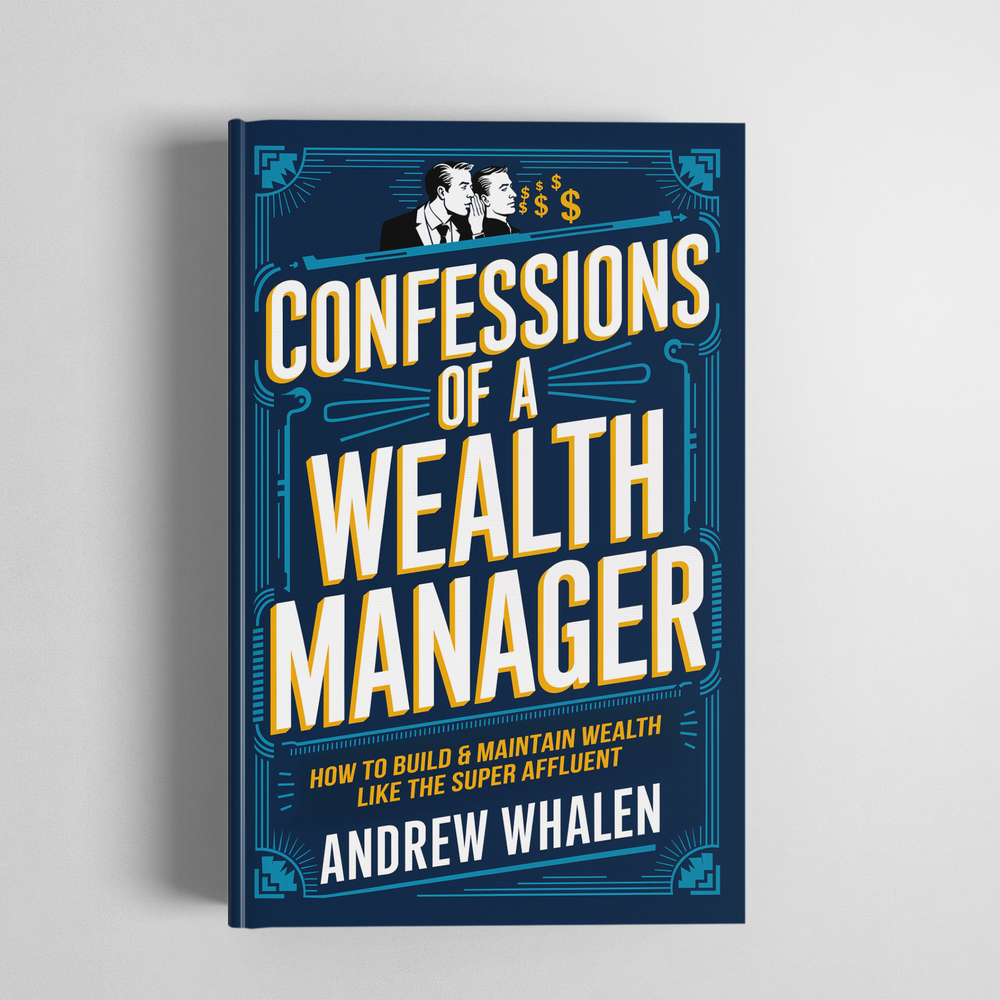🧠 5 Overlooked Retirement Risks That Could Disrupt Even the Best-Laid Plans
How smart investors can avoid common pitfalls that quietly erode wealth
You’ve Worked Hard to Get Here—Now Protect What You’ve Built
You’ve saved consistently, invested strategically, and reached retirement with a solid plan. But even well-prepared retirees can unknowingly make mistakes that may put their financial security at risk.
Let’s take a closer look at five commonly overlooked planning risks that could quietly undermine your retirement confidence—and what you can do to help avoid them.
1. The “DIY Investing” Dilemma
Managing your own portfolio might seem like a practical way to reduce fees, but without objective guidance, it can lead to missed opportunities and avoidable losses.
Professional investment advisors use sophisticated tools, real-time data, and in-depth analysis to make decisions tailored to evolving market conditions and client goals. By contrast, individual investors often make emotionally driven decisions—especially during volatility.
Even one poorly timed move can potentially cost more than the fees you were hoping to avoid.
2. The Tax Efficiency Blind Spot
Many retirees focus heavily on investment returns—but forget that how you withdraw matters as much as how much you earn.
Overlooking tax efficiency can lead to higher lifetime tax costs. For example, drawing from tax-deferred accounts too early—or in the wrong sequence—may push you into a higher bracket or trigger Medicare surcharges. Without coordinated planning, Uncle Sam may end up with a bigger share than necessary.
3. The “Equal Isn’t Always Fair” Estate Planning Trap
Dividing assets equally among heirs sounds fair—but it’s not always equitable.
Consider a family business passed equally to children with unequal involvement, or investment accounts distributed without considering the tax burdens tied to each. These decisions can unintentionally create family tension and tax inefficiency.
Strategic estate planning is about creating clarity, fairness, and long-term efficiency, not just equal division.
4. The Set-It-and-Forget-It Portfolio Problem
A portfolio designed for your needs at 65 may not be appropriate at 75 or 85.
Too often, retirees maintain their original asset allocation without considering life changes, market conditions, or shifting income needs. Regular reviews and professional rebalancing can help ensure your portfolio stays aligned with your goals—and risk tolerance—over time.
5. The “Too Conservative” Risk
Being cautious with money in retirement is natural—but being overly conservative may actually increase your risk of running out of money.
Low-yield investments like CDs or Treasury bonds may not keep up with inflation or generate enough growth to support a 20–30 year retirement horizon. A diversified portfolio that balances stability with growth is essential for long-term sustainability.
🔎 The Solution: Build a Coordinated Strategy
The good news? These risks are avoidable with education and a well-aligned plan.
That’s why we created Confessions of a Wealth Manager—a practical resource designed to help retirees understand and navigate the most common financial missteps.
But the book is just the beginning.
At whalenfinancial.com, you’ll find additional tools to support your retirement journey:
- The Retirement Encyclopedia – An easy-to-understand resource for retirement, estate, and tax planning—written in plain English.
- Free Retirement Newsletter – Get practical tips and planning strategies curated for retirees—not market hype or stock picks.
Disclosures:
Whalen Financial is a Registered Investment Adviser. This material is intended for informational purposes only and does not constitute investment, tax, legal, or accounting advice. Investment strategies involve risk, including possible loss of principal. Past performance does not guarantee future results. Always consult with a qualified professional regarding your specific situation.

